So, you want to raise the best chickens for meat and eggs, but what is the right dual-purpose breed for your homestead?
Not all chickens are good at both, so you need to be sure to pick the right one. Some chickens are skinny, egg-laying machines, while others are large, but poor egg layers. True dual-purpose chickens are in the “sweet spot” of being decent egg layers while also providing a nourishing dinner.
I know it can seem overwhelming to decide, so I’ve done the research for you. In this article, I’ll fill you in on the 5 best chickens you can raise for meat and eggs. Let’s jump in!
*Disclosure: This post may contain affiliate links to products (including Amazon). I’ll earn a small commission if you make a purchase through my link, at no additional cost to you! Regardless, I only link to products that I personally use on our homestead or believe in.
What is a Dual Purpose Chicken?
Dual-purpose breeds are large, purebred chickens that can be raised for both eggs and meat (hence, their dual purpose!).
Most purebred chickens are lean and put their energy into making eggs (instead of meat), making them less desirable for eating (except, they do make excellent soup!). On the other side of the spectrum, broilers are fast-growing and not very practical to keep around for egg production.
Dual-purpose breeds are a practical solution for those wanting to be more self-sufficient. The young hens are typically kept for egg production while the roosters (and retired hens) are butchered for meat.
Something to note, however, about dual-purpose breeds is that, while they can serve both purposes, they don’t do either particularly well. They aren’t the most very efficient egg layers, nor very efficient at converting feed into meat compared to broilers.
What to Consider When Selecting Chickens for Meat and Eggs
There are so many different breeds out there – how do you choose? Let’s break down the top things that you should consider when selecting the right dual-purpose breed for your homestead.
Egg Laying Ability
If you’re wanting to raise a dual-purpose chicken (not a broiler), you probably want some eggs! Some dual-purpose chickens lay fairly well for their size, while others don’t lay well at all.
To give you a reference point, here’s what the spectrum of egg-laying efficiency looks like:
- Poor: 100-150 eggs per year
- Fair: 150-200 eggs per year
- Good: 200-250 eggs per year
- Best: 250-300 eggs per year
Personality
Yes, you want a reliable stream of meat and eggs, but you’ll also want a friendly chicken that you enjoy being around and handling. There’s nothing worse than having to dodge a mean rooster every time you gather eggs, especially if you have young children.
On the other hand, you might desire a flighty breed. Flighty birds are less friendly, but they are much more alert and able to escape predators. If you live in a predator-heavy area, you might desire a flighty breed.
Time to Market Weight
Are you in a rush to get meat in the freezer or are you on a budget? Generally, the slower a bird grows, the more it eats ($$) before it reaches “market weight.” Plus, the longer the care period, the more opportunities for something to go wrong (predators, illness, etc.).
On the other hand, a slower-growing chicken means that they are on pasture longer before being butchered. This results in more nutrient-dense meat (vitamins D and E, plus a better omega 6:3 ratio).
Most dual-purpose breeds take 16-24 weeks to finish out, which is pretty slow compared to broilers which take 8-16 weeks. If you want to learn more about faster-finishing breeds, check out my article The 7 Best Meat Chickens for Your Homestead.
Size
While dual-purpose chickens are on the large size of the spectrum, some can be straight-up giants! If you have limited space, you may want to consider a smaller breed. However, if you have the space and want a “meatier” bird to feed the whole family, go big!
- Medium: 5-7 lbs
- Large: 7-9 lbs
- XL: 9-11+ pounds
The 5 Best Chickens for Meat and Eggs
We’ve come to the fun part! Let’s chat about and compare the 5 best chickens for meat and eggs so you can pick the right breed for your homestead.
#1: Barred Rock
Barred Rocks are an all-around rockstar when it comes to homesteading. They are very good at egg laying (250 eggs/year) for a dual-purpose breed while also providing a decent-sized bird for butchering at 7-9 lbs. Plus, they were developed in the United States!
They are cold-weather tolerant and will continue to lay eggs throughout the winter. They are a beautiful sight foraging on any property with their barred feathers. They are docile and calm in nature, but not quite as friendly as the Cochins and Orpingtons.
Egg laying:
250 eggs/year
Ready for processing:
20-22 weeks
Finish weight:
7-9 lbs
Pros:
- Lays the most eggs for a dual-purpose breed (250 eggs/year)
- Docile and easy to raise
- Common and easy to find
- Perfect size at 7-9 lbs
Cons:
- Finishes out slower than the Bresse at 20-22 weeks (you’ll spend more on feed)
#2: Bresse
The Bresse chicken originates from France, but is rapidly becoming popular in the United States. They are often pricy and sold out! They have white feathers and steel blue legs. Bresse chickens are unique because they will provide a fairly meaty bird in just 16-20 weeks (compared to 20-22 weeks for the other breeds).
Bresse chickens also produce the best-tasting, marbled meat, similar to beef. However, they are a smaller bird at only 5-7 lbs when they reach market weight. They are independent birds, easy to raise, and forage well.
Egg laying:
200 eggs/year
Ready for processing:
16-20 weeks
Finish weight:
4-7 lbs
Pros:
- Best meat quality out there
- Grows faster than any other dual-purpose breed (you’ll spend less on feed)
- A great forager
- More active and better able to escape predators
Cons:
- White coloring makes them attractive to aerial predators
- A smaller bird at only 4-7 lbs
- Lays fewer eggs than the Barred Rocks, Orpingtons, and Turkens
- Expensive and hard to find
#3: Orpington
Another favorite and is found on most homesteads. This breed originated in England and is a plump bird at 8-10 lbs while still providing a good amount of eggs (220/year). They are known to be exceptionally docile, friendly, and quiet. Great if you have small children!
They have a lot of feathers, making them excellent for cold climates, but they are still easy to pluck (unlike Cochins). They come in many different colors: blue, black, buff, white, chocolate, cuckoo, gold laced, jubilee, lavender, lemon cuckoo, partridge, red, and spangled! Another plus is that they are prone to going broody and are great mothers.
Eggs laying:
220 eggs/year
Ready for processing:
20-22 weeks
Finish weight:
8-10 lbs
Pros:
- Common and easy to find
- Lay a good amount of eggs (220 eggs/year)
- A large bird that will provide a hearty meal
- Exceptionally friendly
- They are prone to going broody and are amazing mothers
- Excellent for cold climates
Cons:
- Finishes out slower than the Bresse at 20-22 weeks (you’ll spend more on feed)
#4: Turkens
Turkens, also known as Naked Necks, originate from Eastern Hungary and are about the strangest (dare I say ugliest) chickens out there. People love them for their unique looks plus they lay well and are an excellent choice for putting meat on the table.
Despite their lack of feathers, they are very cold-tolerant! So if you live in a cold climate like me, you can still consider Turkens. They also have a very sweet and gentle disposition. Great for small children!
Egg laying:
220 eggs/year
Ready for processing:
20-22 weeks
Finish weight:
6-8 lbs
Pros:
- Easy to pluck due to their lack of feathers
- Lay a good amount of eggs (220 eggs/year)
- Docile and easy to raise
- Hens are known to go broody (a plus if you want your flock to hatch chicks for you!)
Cons:
- On the small side at 6-8 lbs
- Finishes out slower than the Bresse at 20-22 weeks (you’ll spend more on feed)
#5: Cochin
Cochins are a fan-favorite due to their extensive plumage, feathered feet, and very calm personalities. If you are looking for a docile, beautiful chicken to be around your children, the cochin will be sure to please. Even the roosters are exceptionally calm!
They originated from China where they are prized as a meat bird. They are one of the largest breeds out there with roosters clocking in at 11 lbs (sometimes more!). They come in many different colors: buff, partridge, white, black, silver laced, golden laced, blue, brown, and barred.
Egg laying:
175 eggs/year
Ready for processing:
20-22 weeks
Finish weight:
8-11 lbs
Pros:
- An XL-sized bird that will provide a hearty meal
- Exceptionally friendly
- They are prone to going broody and are amazing mothers
- Excellent for cold climates
Cons:
- Lowest egg production (175 eggs) compared to the other 4 dual purpose breeds
- Not very active and less likely to forage than other breeds
- Hard to pluck due to their extensive feathering
- More prone to lice and mites due to their extensive feathering
- Can get muddy, dirty and have poop caught on their backsides due to their extensive feathering
- Finishes out slower than the Bresse at 20-22 weeks (you’ll spend more on feed)
Where to Buy Dual-Purpose Chickens
Since dual-purpose chickens are purebreds, they can be found in many different places. Let’s break down your options so you can pick the best one for you.
Hatchery
Ordering straight from a commercial hatchery is a very common place to purchase chicks from. They get shipped in the mail shortly after hatching and arrive at your local post office within a day or two.
I know it sounds risky, but so far 100% of my chicks have arrived healthy. The key is to always order from whichever hatchery is located closest to you. That means a shorter trip for your chicks!
Pros:
- Guaranteed availability
- Many breeds to choose from
- Can select gender (I recommend straight run if you’re waiting to raise chickens for meat and eggs)
- Can select a delivery day
- Can purchase in large quantities (100+ chicks)
- Inexpensive
Cons:
- Risk of chicks arriving weak or dead
- Have to meet the minimum chick order for them to be able to ship (they need to keep each other warm in transit!)
- The post office will call you at 6 am to pick them up!
Options:
- Hoover’s Hatchery (Iowa) – this is where we order our chicks from and they do a good job.
- Murray McMurray (Iowa)
- Cackle Hatchery (Missouri)
- Freedom Ranger (Pennsylvania)
- Meyer Hatchery (Ohio)
- Bresse Farms (Mississippi)
- There are many more out there! These are just a few that I’m familiar with.
Local Feed Store
Have a feed store nearby? You can buy chicks from there, too! You can either just swing by and see what they have available, or some stores will let you call and reserve chicks weeks ahead of time. I recommend reserving!
*Of note: the feed store doesn’t hatch them themselves, so if you’re trying to avoid the big hatchery business model, going this route doesn’t help. They get the chicks mailed to them in bulk from a commercial hatchery and then sell them off themselves.
Pros:
- Guaranteed live chicks
- You can pick them out yourself (usually)
- Pick-up times are more flexible than the post office
- Inexpensive and they are sometimes on sale
- No minimum orders
Cons:
- Chicks can be weak or sick if the store doesn’t care for them well
- Can be picked over
- Only available during peak months
- Limited breed selection
- Usually only offer hens (a big con if you’re wanting the roosters for butchering!)
- Often only available in smaller quantities
Options:
- Tractor Supply
- Spike’s Feed
- Anoka Ramsy Farm and Garden – for my Minnesota folks!
Local Breeder
This is a great, sustainable option if you’re able to track down some quality, local breeders! Look for NPIP-certified breeders.
*Be careful of purchasing from small “backyard” breeders because they typically have less stringent biosecurity measures and you may end up bringing diseases or pests into your flock.
Pros:
- Support local, small businesses
- The birds are adapted to your local climate
- Healthier birds (less stress from shipping)
- A more ethical choice than large, commercial hatcheries
Cons:
- More expensive
- You may need to drive several hours to locate one
- Limited breed options
- Likely only offer smaller order numbers
- May only offer fertile eggs for hatching, which can be fun! (Check out my article The 8 Best Egg Incubators to see what’s out there!)
Options:
- Poultry Breeder Directory
- The Flock Directory
- American Poultry Association
- Still coming up short? Look on Craig’s List or ask around in local Facebook chicken groups!
Yourself!
This is the best option for true self-sufficiency! All you need is a good set of breeding stock and an incubator. Check out my article The 8 Best Egg Incubators to snag the best one!
Pros:
- Full control over the quality of your birds
- Able to hatch chicks to rebuild your flock anytime you watch
- Less expensive than purchasing chicks
- True self-sufficiency!
- Can sell chicks or fertile eggs for a little side income
Cons:
- You have to maintain a large enough flock to obtain a consistent number of eggs for hatching (eggs are only viable to hatch 7 days after being laid)
- You have to keep at least 1 rooster around per 10 hens for reliable fertility
- Invest in an incubator (or multiple broody hens!)
FAQ About the Best Chickens for Meat and Eggs
How many dual-purpose chickens should I raise?
This is a very common question, and unfortunately, there isn’t a straight answer. It totally depends on several factors:
- What breed you raise: some are more efficient than others at production
- How large your family is
- How often you eat meat and eggs
- Know that egg laying will drop drastically in the winter, so having an egg-preserving strategy (like water glassing) to save your summer surplus eggs is a must.
For meat, figure out how many chickens you think you’ll eat per week and total it up. We are a family of 2 adults and we raise 21 Red Ranger broilers for meat, plus 10-12 egg layer roosters (we butcher them fairly young for soup) every year. This is the perfect amount for us.
For eggs, figure out how many eggs you think you’ll eat per week and total it up. Then, check out the egg-laying capacity of the breed you’re looking at, but know that it will vary greatly depending on their health, the time of year, and their age (egg-laying declines after 2 years of age).
We eat 8 eggs per day (plus more for cooking, baking, etc.) so we raise 30-35 hens. I water glass 130 summer eggs in a 5-gallon bucket that we dip into all winter while laying slows way down. I also sell a lot of eggs in the spring and summer!
Are there any risks with raising dual-purpose chickens?
Yes – the first is that they are more prone to becoming prey to predators. That’s because they are large, slow, and fairly docile. They will require some additional protection measures – check out my article How to Make a Predator Proof Chicken Tractor for some ideas!
Second, I’ve found that larger breeds are more prone to pests like lice and mites since they dust bathe less than smaller, more active breeds. I’ve also found that they are more prone to foot injuries like bumblefoot.
Can dual-purpose chickens be raised in a coop?
Yes, and they should be! Dual-purpose chickens should be raised like your typical egg layers in a coop, but ideally allowed to free-range during the day.
Broilers, on the other hand, are best raised in a temporary, predator-proof chicken tractor and not with your egg-laying flock.
Worried About Processing Day?
I’ve got you covered in my course: “Raising Pastured Meat Chickens: From Chick to Drumstick“! I’ll guide you through everything you need to know (including videos of the actual butchering process because I know that can be intimidating!). Definitely check it out!
Other Articles You’ll Love:
- The 7 Best Meat Chickens for Your Homestead
- Why You Should Raise Red Ranger Chickens
- Brooding in Poultry – Everything You Need to Know!
Final Thoughts
Congratulations! Raising chickens for meat and eggs is an amazing step to being more self-sufficient. There’s nothing more satisfying than being able to put some protein on the table yourself.
If you have any questions, ask away in the comment box below! 🙂
Are you a first-time chicken keeper? Or maybe you don’t even have chickens yet? Definitely check out my ultimate resource How to Care for Chickens: A Beginners Guide.

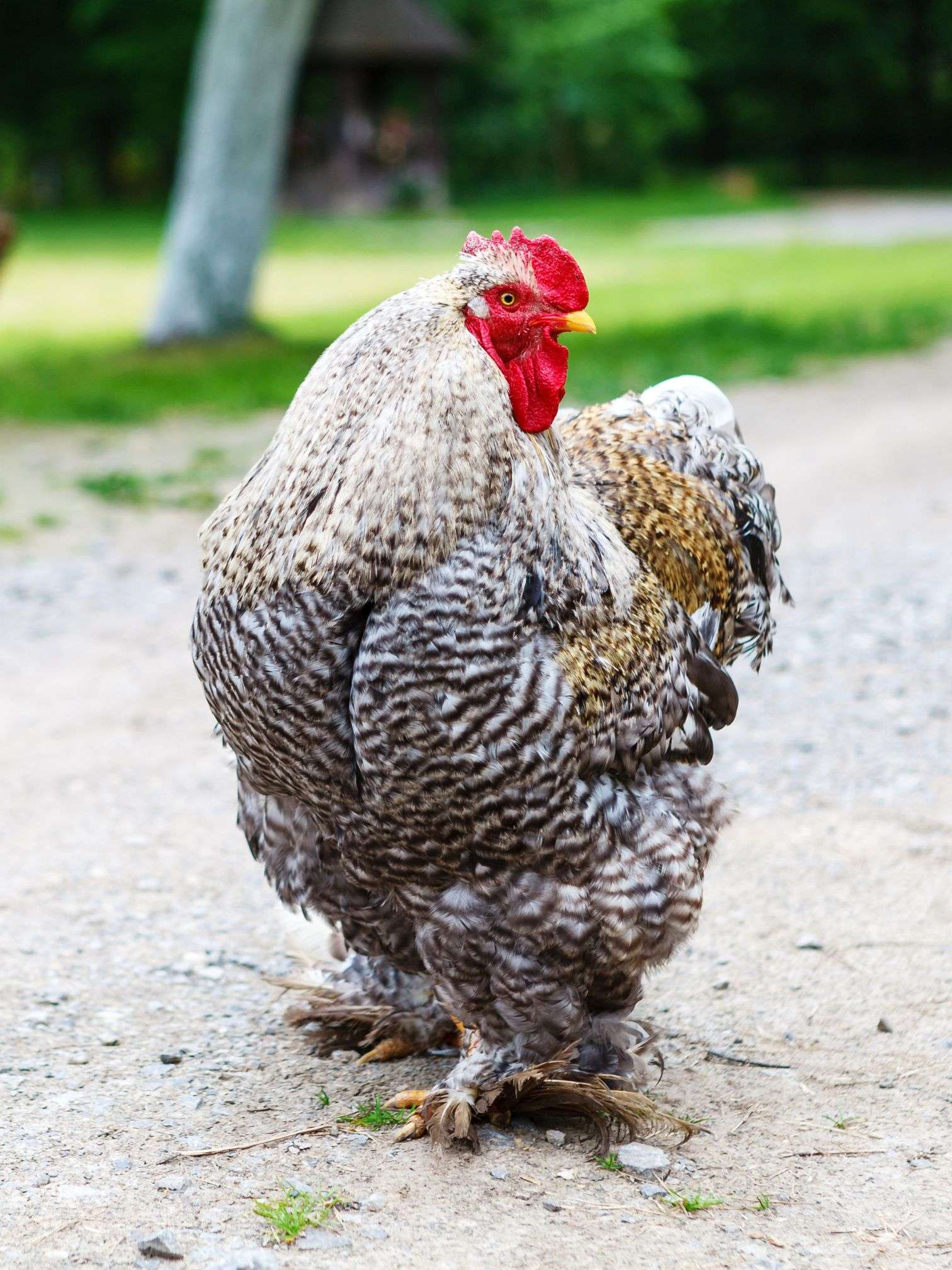
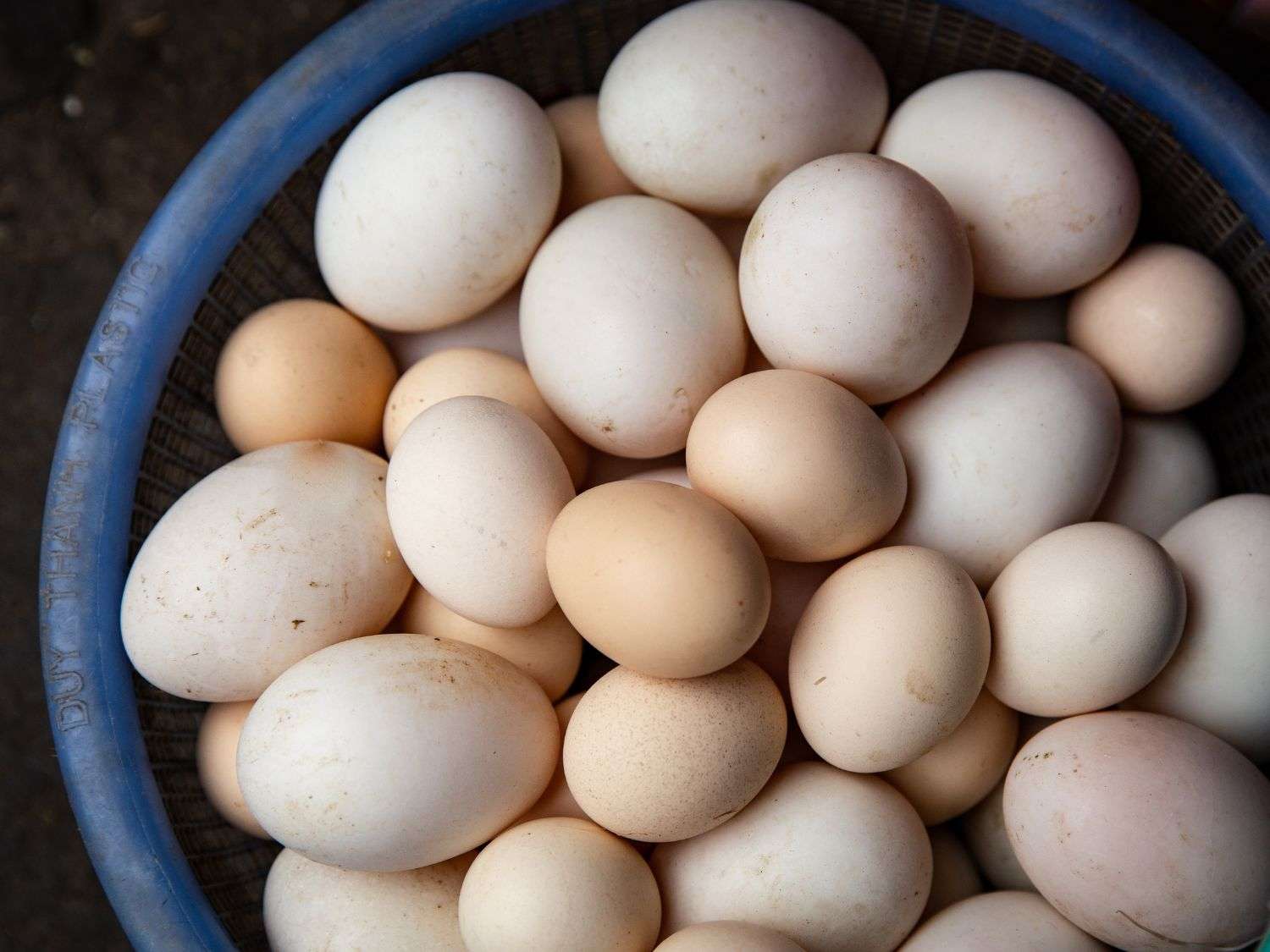
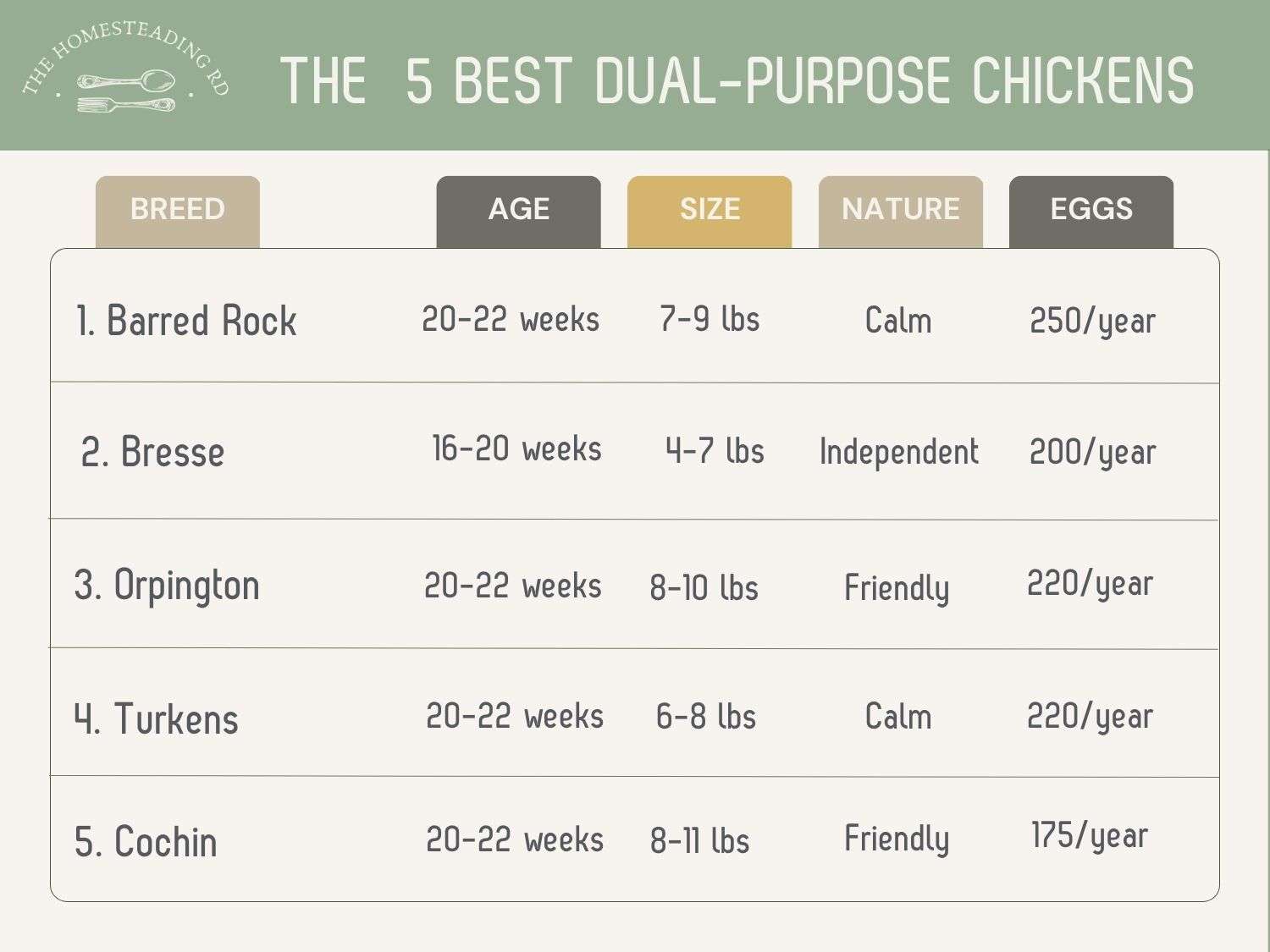
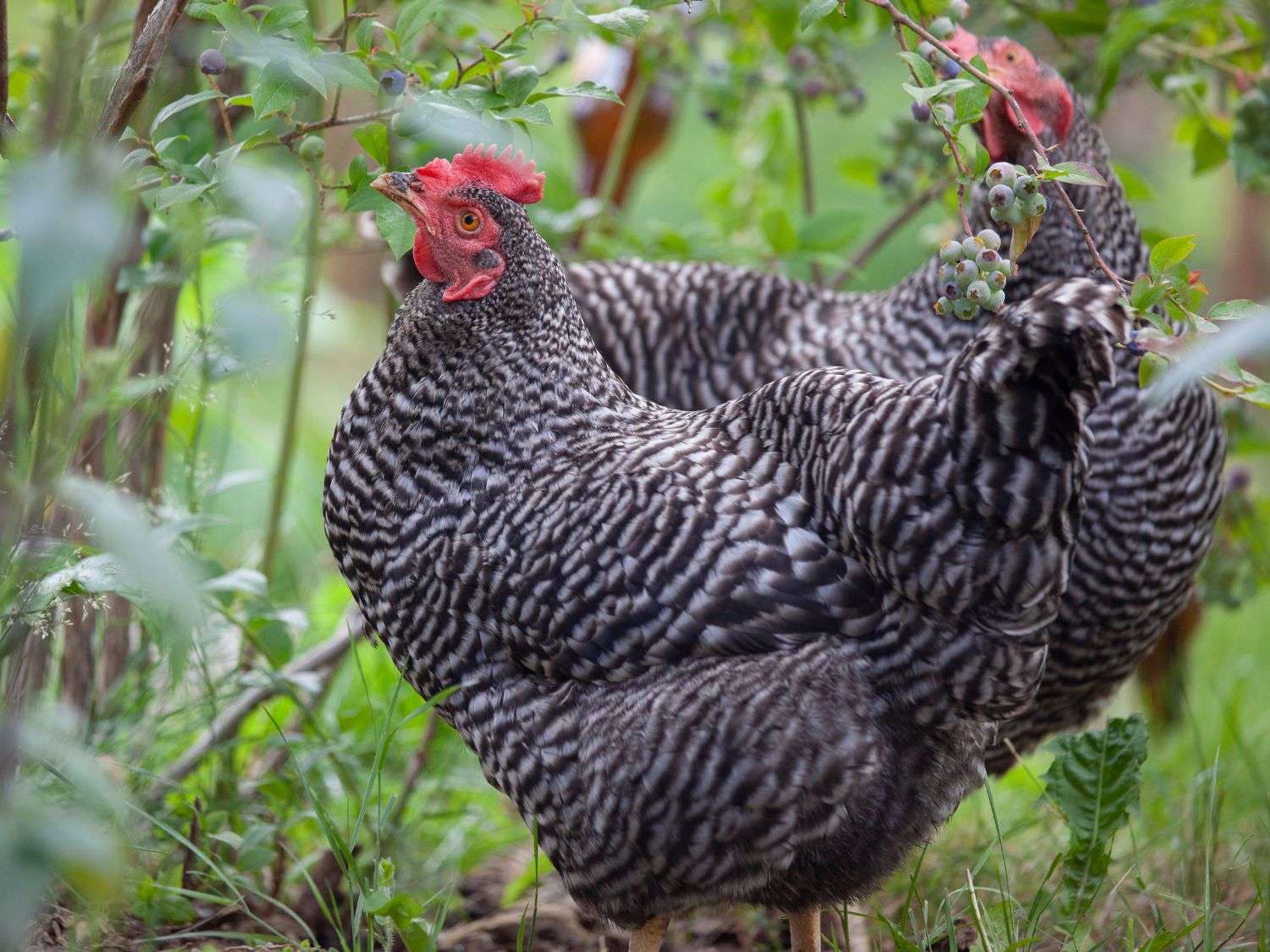
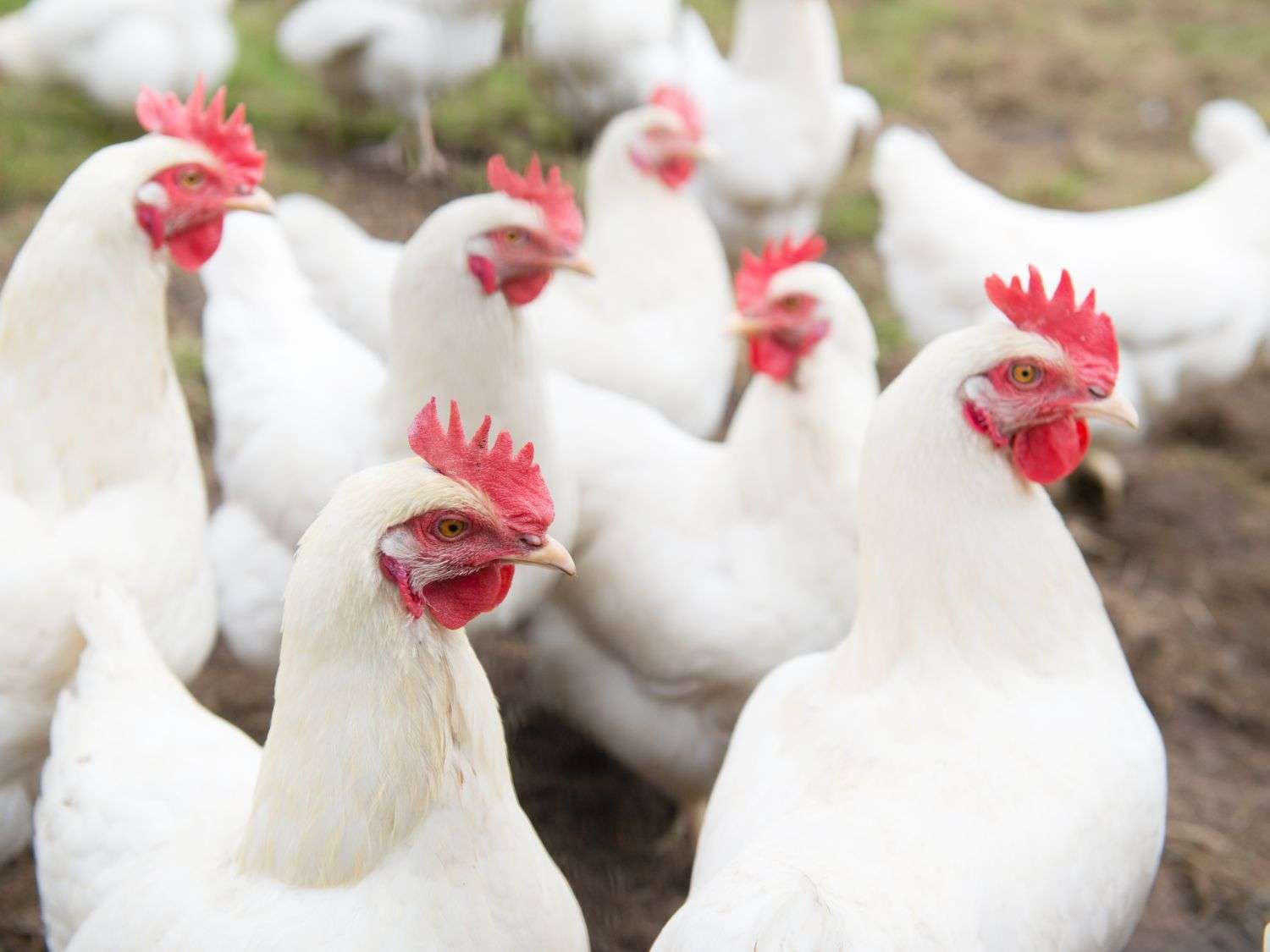
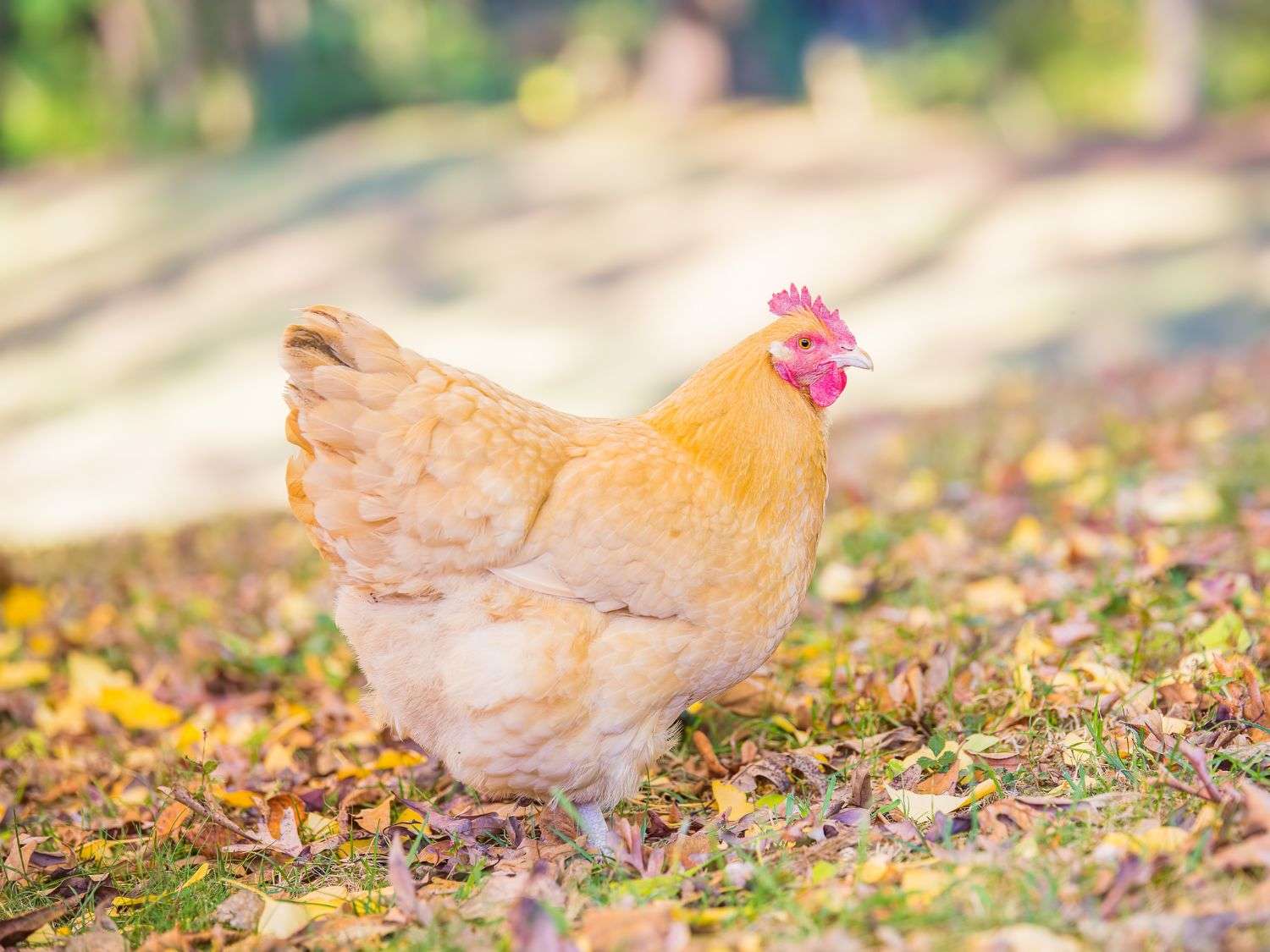
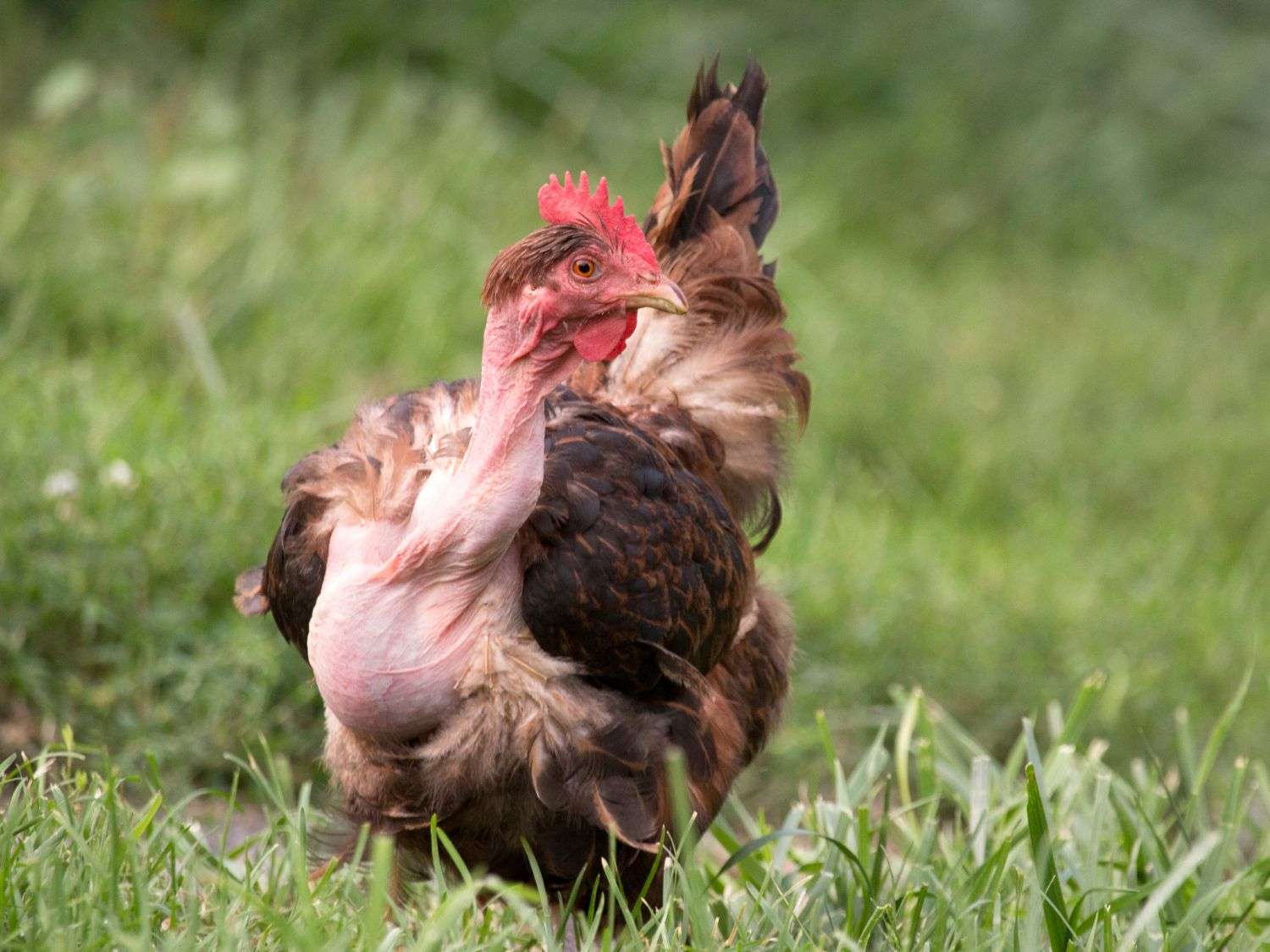
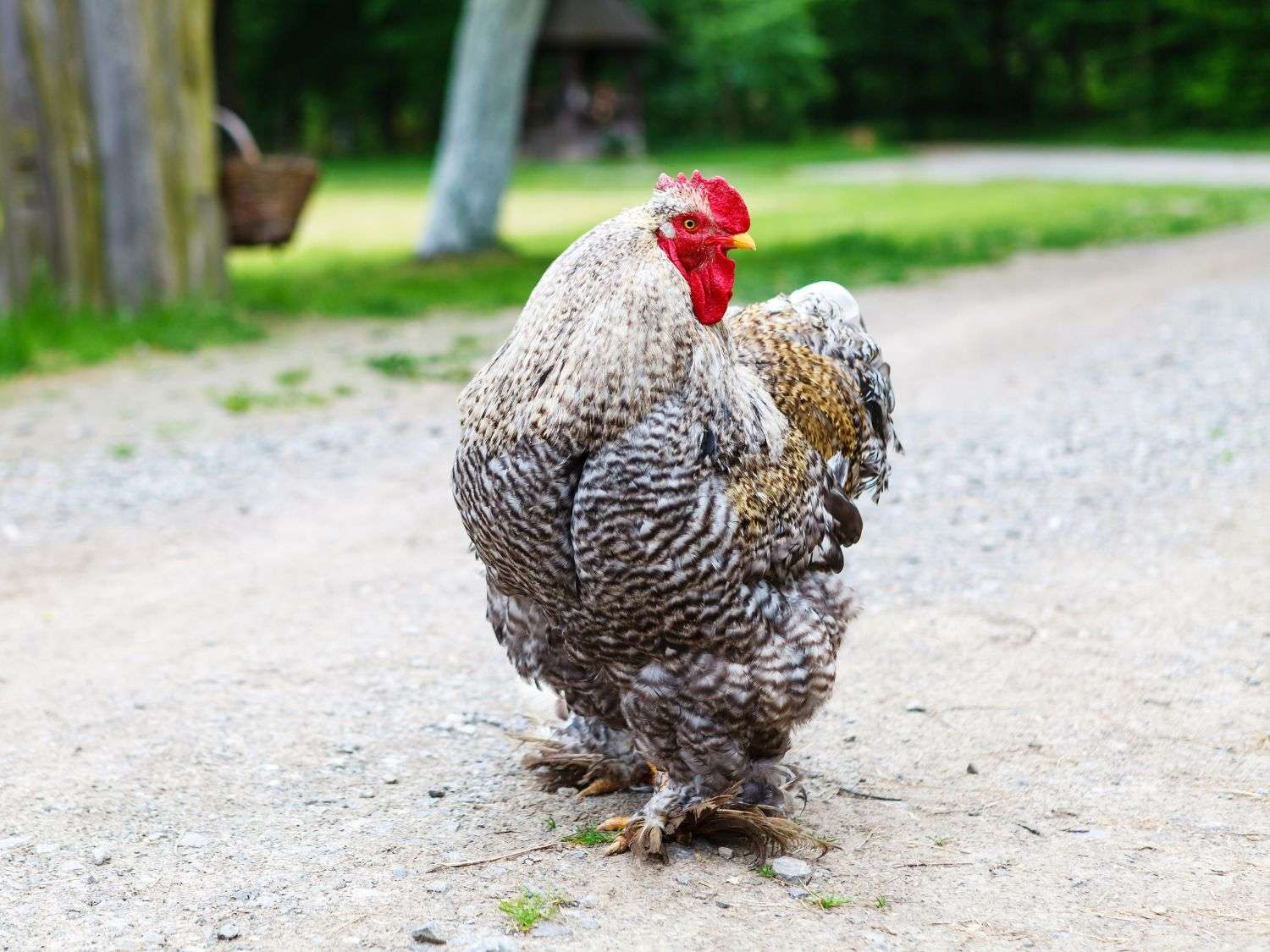
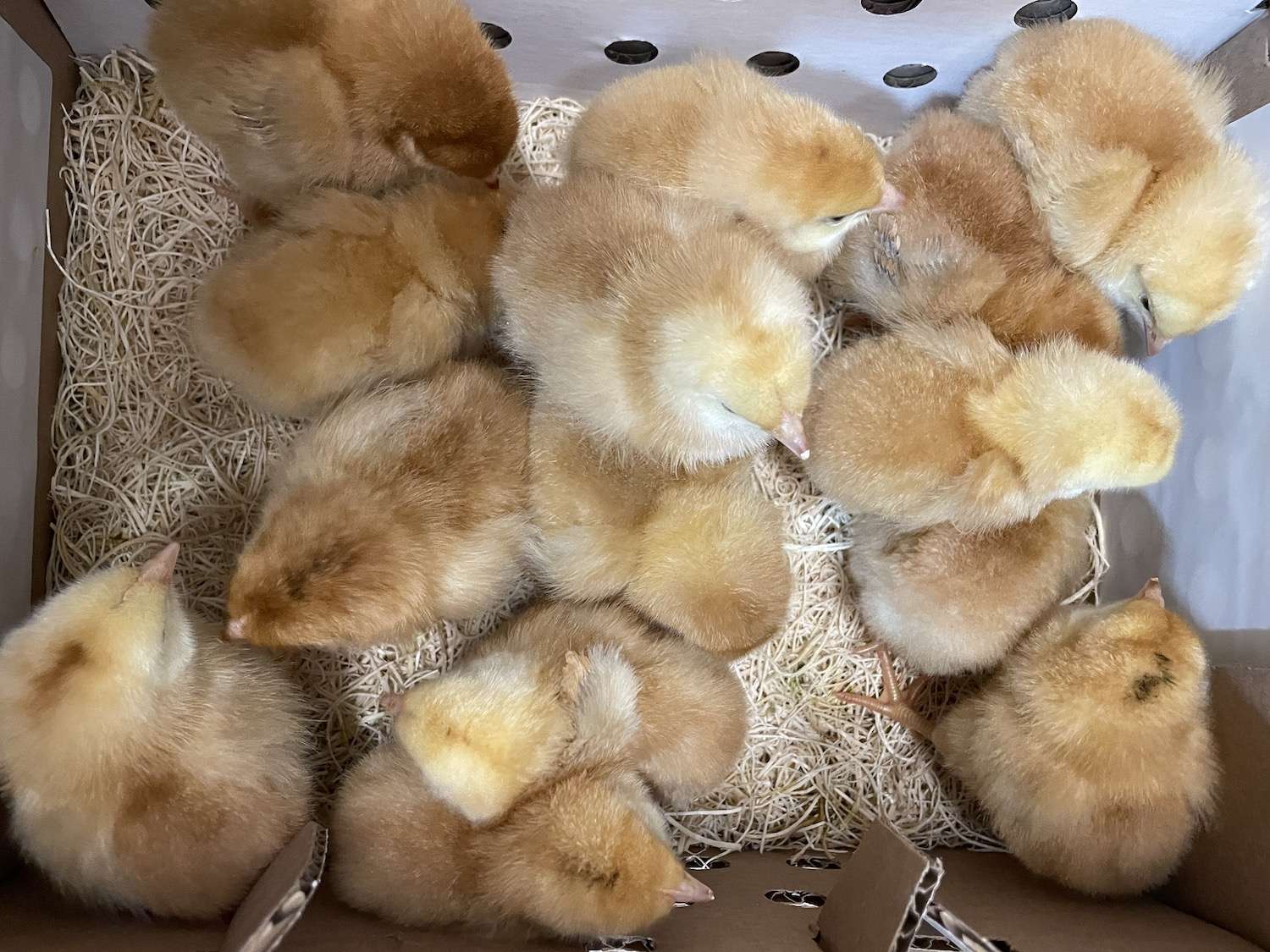
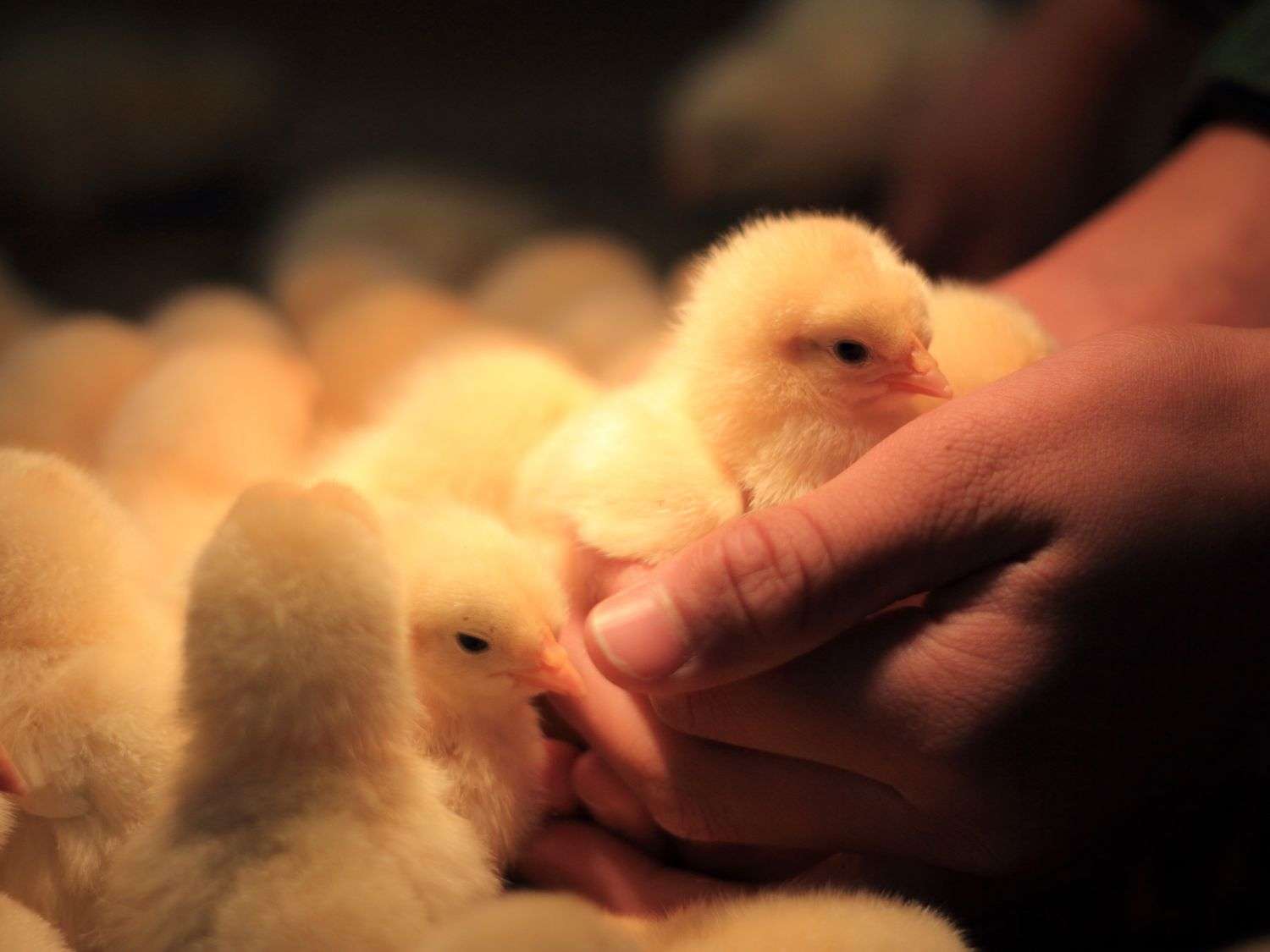
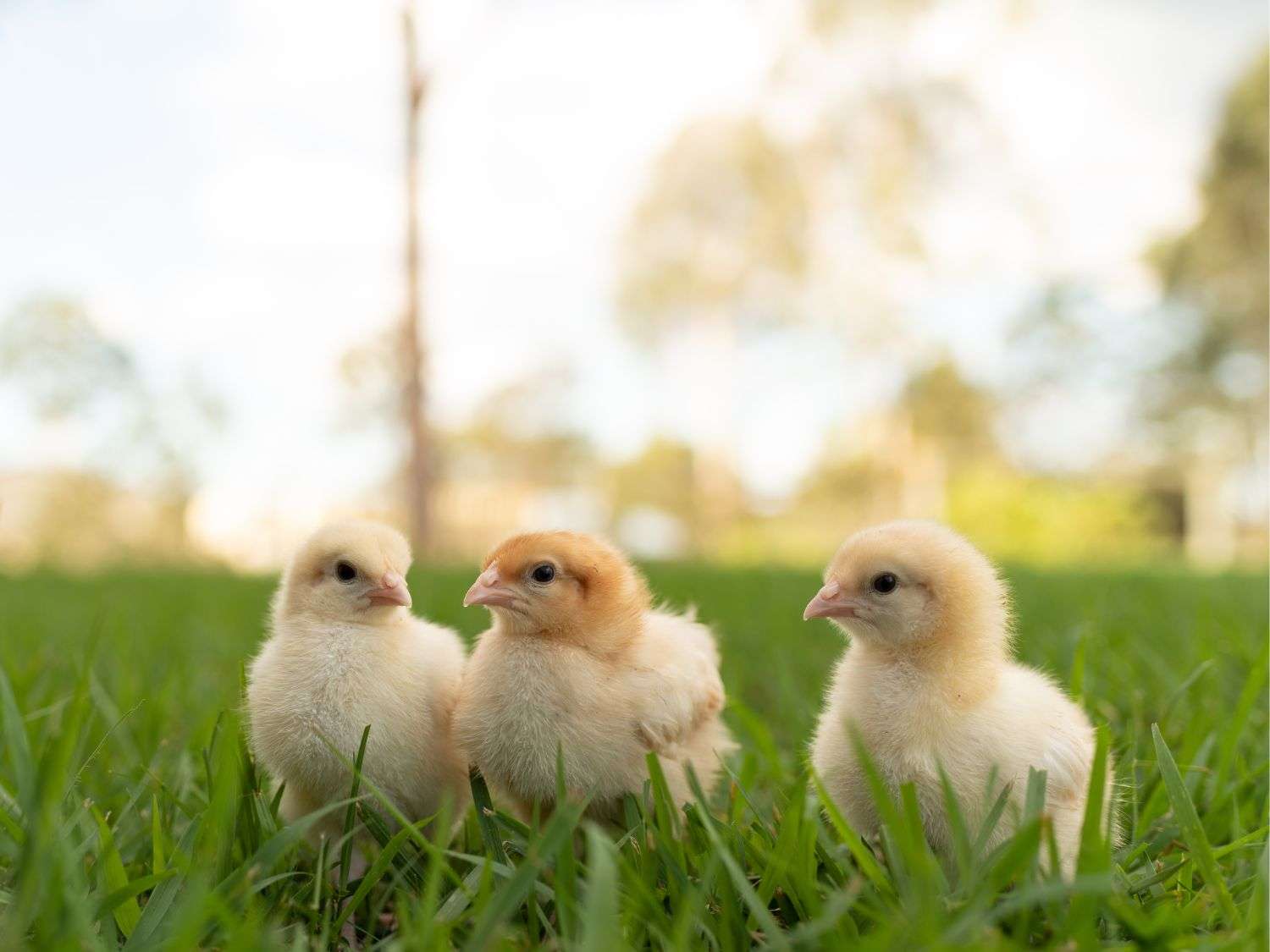
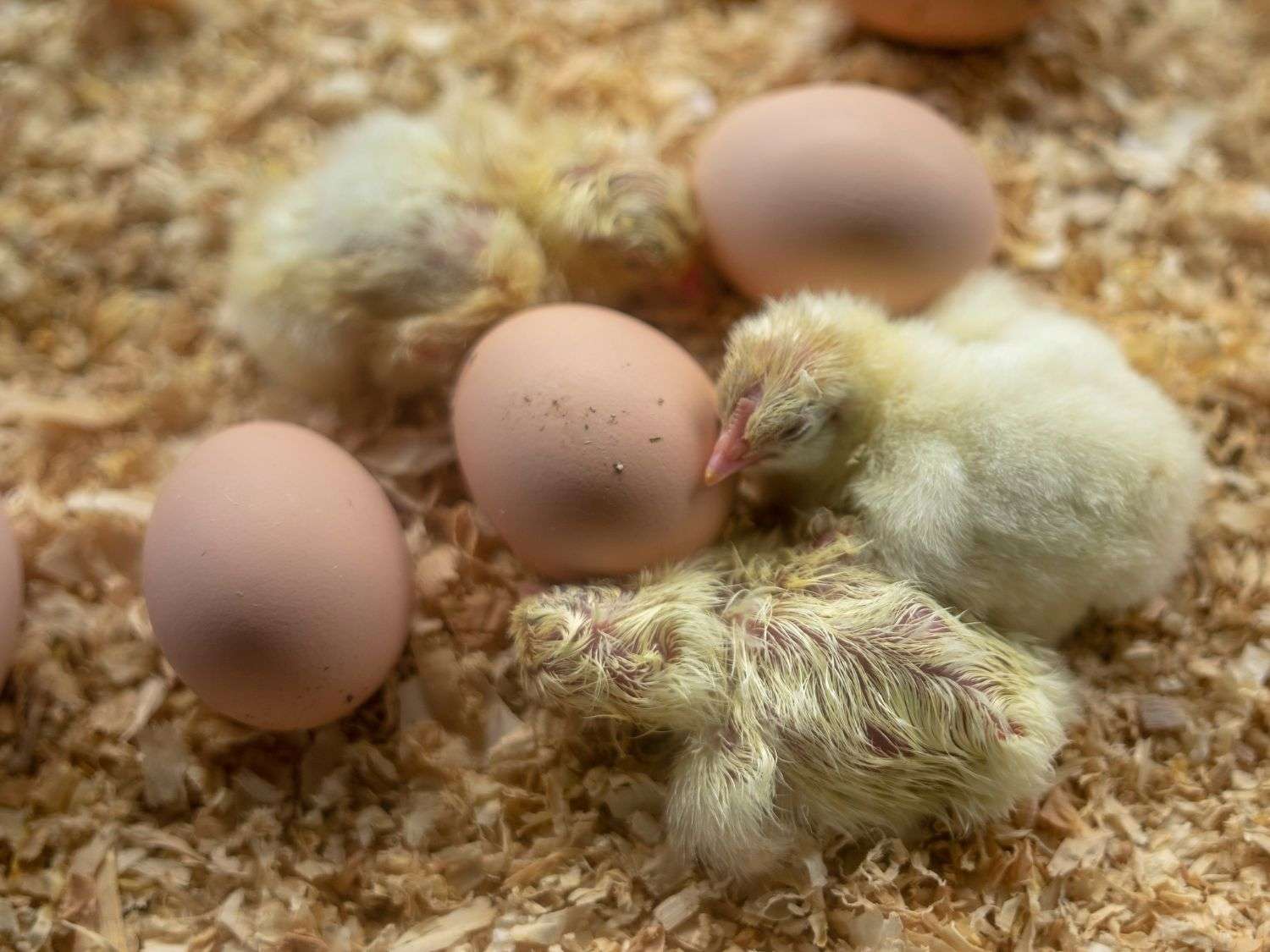

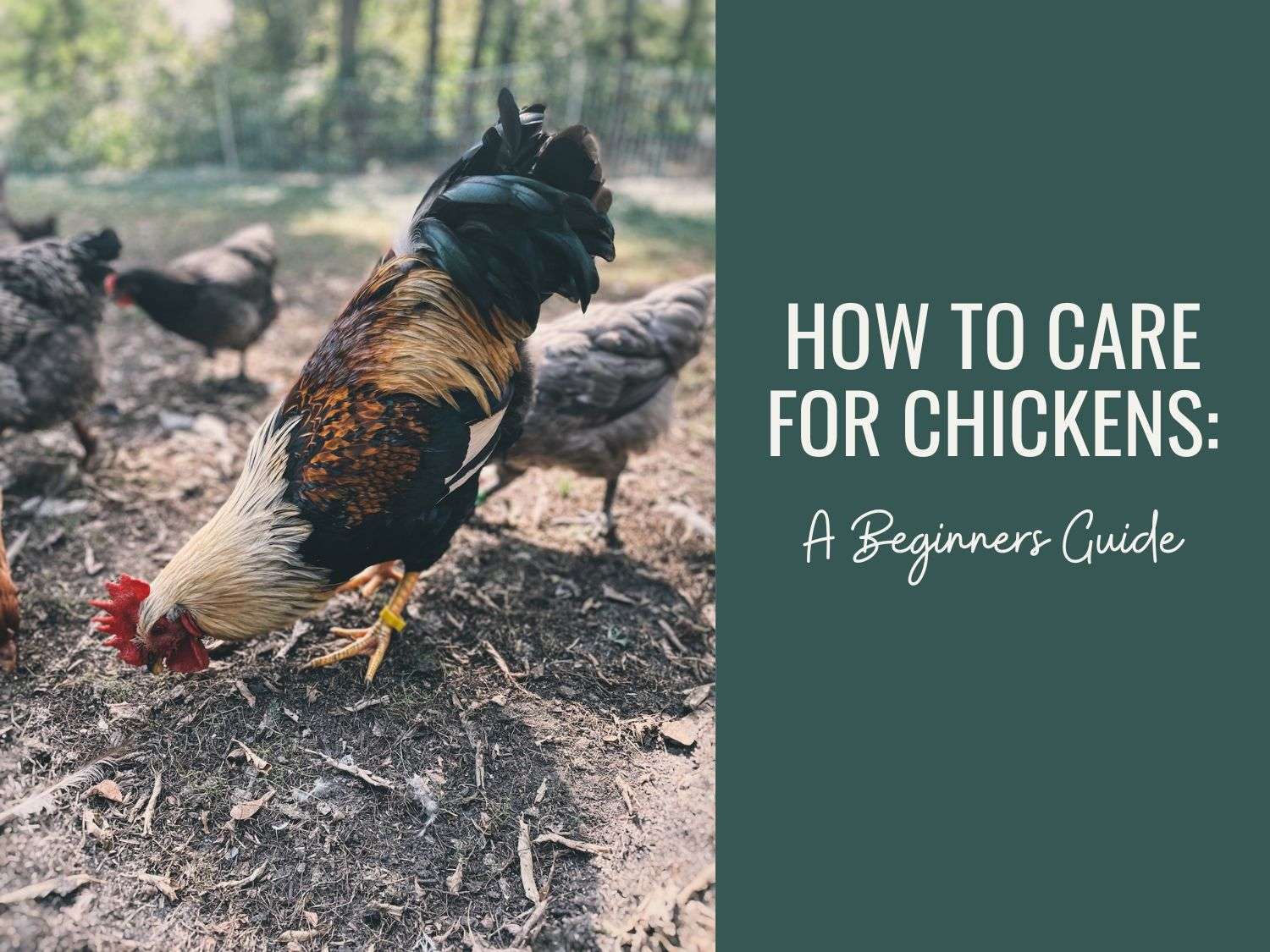


Great article. Do you ever allow visitors? We are somewhat close in highlands, N Carolina
It seems the bigger the eggs are the fewer the frequency. Interesting read
Thanks for sharing, I’m not ready for chickens yet but I’m going to book mark this. Great info.
I hope you can get them soon! 🙂